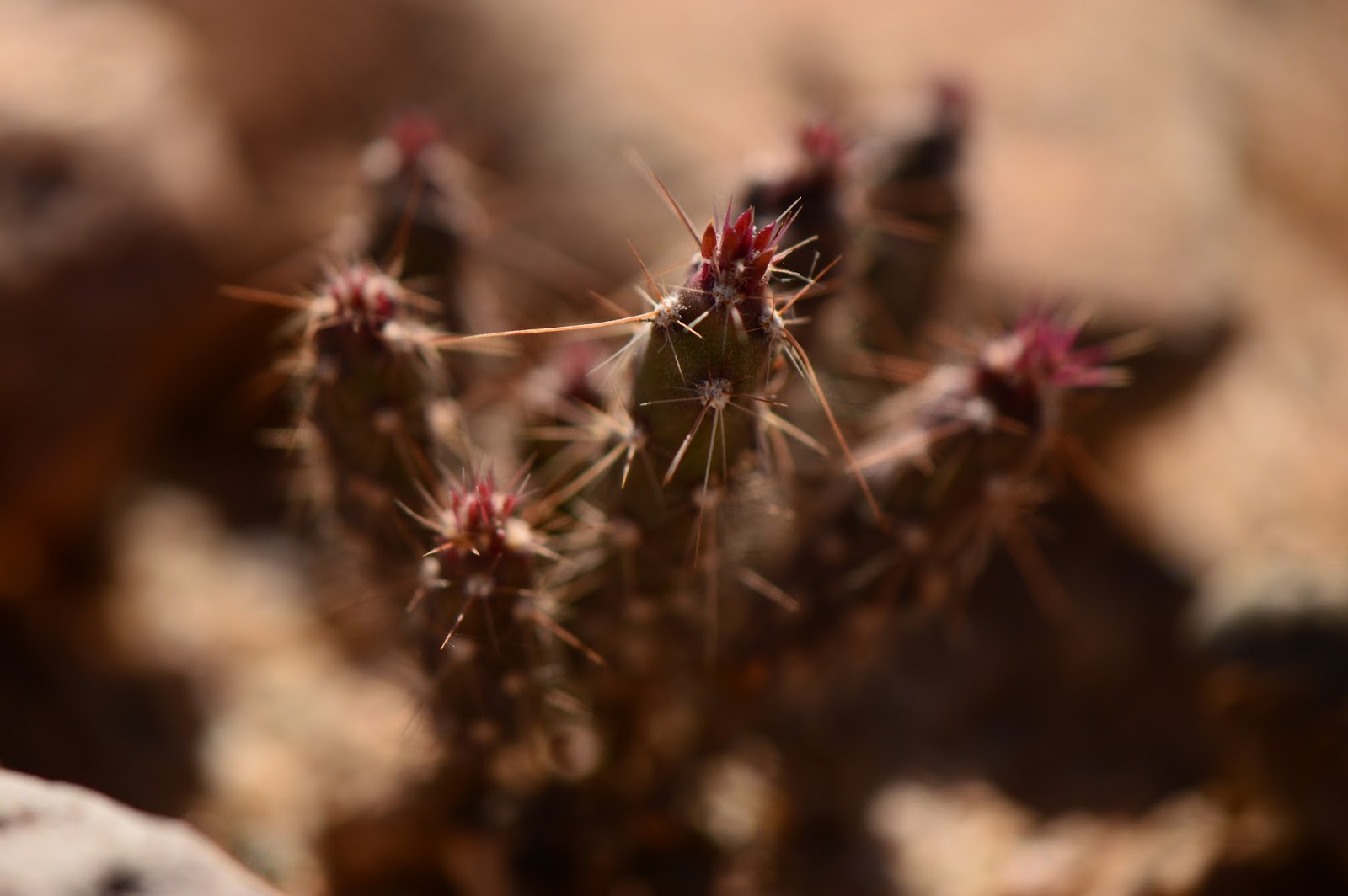When beginning a garden in an unfamiliar region, one of the perils is that of knowing nothing about the local flora... that is, what is a wildflower vs. what is a noxious weed. Halfway through my first year of gardening in Arizona (and into my second of residence), I've inevitably become acquainted with some very shady characters!
It is all the more difficult to deal with here since one's instinct is to let anything green grow. It is not a matter of encouraging the lawn grasses to grow thick and rich so they can crowd out the undesirable species. It is a question of removing a growing plant from... empty dirt, which will either remain empty dirt or else will host another type of weed...
But some plants are worth getting rid of! The plant below - apparently Malva neglecta, the common mallow weed - is the worst at the moment though, as you can see, it kindly hosted one of my only frost photos earlier this year. Some of these plants have made it to 4 ft (1.2 m) or more out by the orange tree and are actually impeding access to the tree. They have made a huge growth spurt in the lovely weather we are having. I should have removed them earlier; but because of the property layout, it is easy to ignore problems on the west side of the house. I've certainly ignored these much too long. I began hacking them away from around the tree the other morning; additional measures will follow soon.

Many of the other pests remain a good deal smaller. This plant - as yet unidentified - looks innocuous enough with its little yellow flowers and furry leaves and stems, but the fur on the lower part of those stems becomes quite prickly as the plant matures. Better remove it before that happens...
Filaree Storksbill (
Erodium cicutarium) is an aggresive seeder. In addition, those seeds have sharp screwtails that work their way into my sister's dog's fur and skin. Ouch! Too bad, as it is an attractive plant otherwise, with its tiny lavender flowers and ferny rosettes of leaves (shown here with the rascally mallow encroaching!).
Probably the worst villain of the lot is the so-called Sahara Mustard (
Brassica tournefortii). Doing the research for this post, I discovered that this introduced species is spreading aggresively across the wild low desert regions, crowding out native wildflowers
en masse. So perhaps I should be glad that last summer's stand of mustard has been thoroughly smothered by Malva neglecta? Umph!
So there are a few of the bad ones...
There are also quite a few delightful plants, large and small, that one could not have growing in a grass lawn, but which can be left to add some desert beauty to the surroundings here. In addition to the beautiful Dichelostemma capitatum of my
last post, here are a few others.
For instance, this tiny plant - perhaps 9 in (23 cm) high - sprouted here and there in the back yard last spring. Its smoky colour made it virtually unnoticeable unless looked at carefully, but it was a lovely thing in its way. And it did not seem to produce any prickly seeds or stems, it did not spread aggressively, it died off and drifted away on the wind, and is only now beginning to show again. ID anyone? (By this time, I worry that any wild plant I like will prove to be nasty in one way or another!)
Native cactus species are protected by state law in any case, but this baby cholla has a good deal of charm on its own.
On a much larger scale is the globemallow (Sphaeralcea ambigua). We have a volunteer Sphaeralcea in the front yard; it is loaded with buds at last. I think it is a bit large for my garden beds; but it certainly is welcome as a wildflower and is, in fact, considered a useful garden plant here as well. The soft, silvery foliage is attractive though the habit can be downright rangy. The plants in the nearby wash already have open flowers.
"And the moral of
that is," as the Duchess would say... The fact is that plants need to be pretty sturdy to live in the desert, but they needn't be nasty! There are many perfectly nice ones.
Last summer's heavy rains produced a fantastic showing of
Desert poppy (Kallstroemia grandiflora). It would be hard to imagine a more perfect desert wildflower.


























